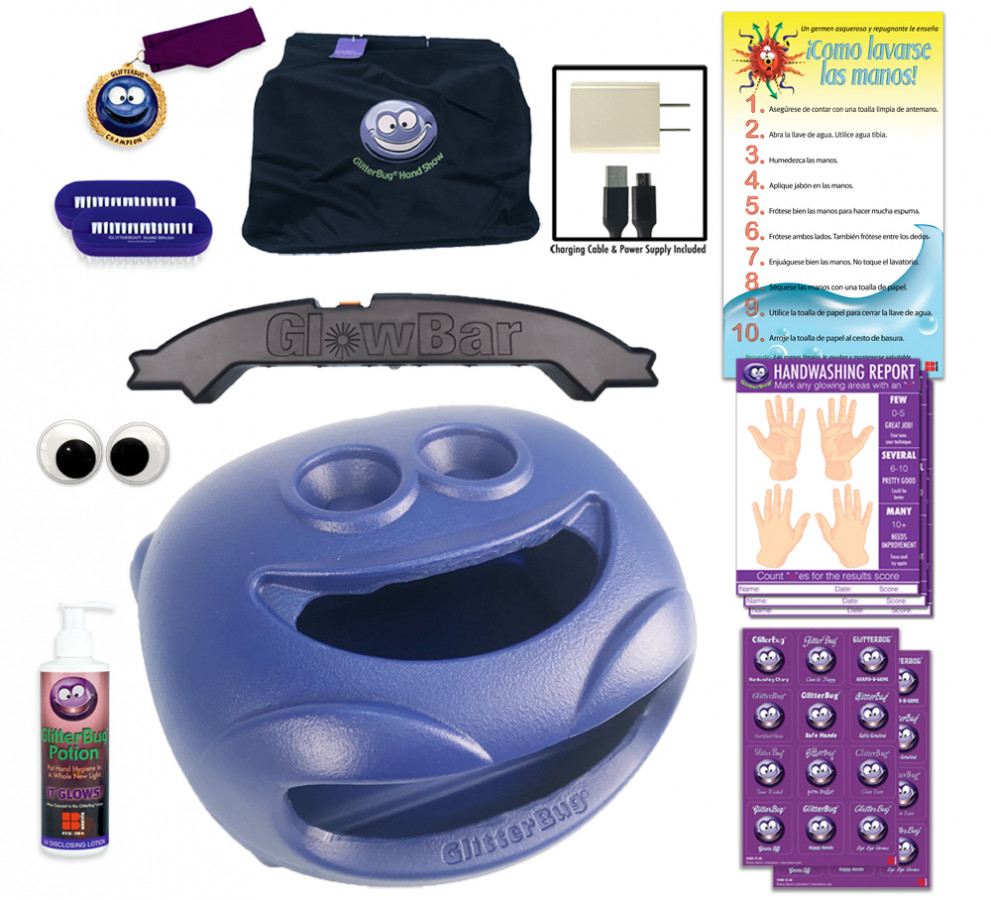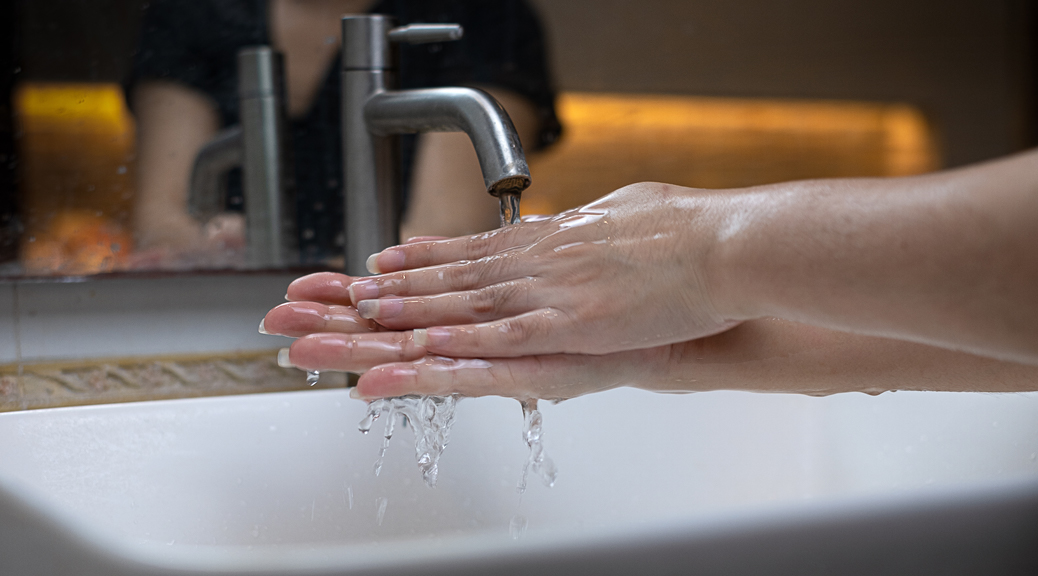We all know that keeping hands clean helps keep us from getting sick, but how does handwashing actually work? Can we really get rid of all the germs on our hands? Is there a single best technique for handwashing? Do antibacterial soaps really work? Scientists have studied these questions, and some of the answers may be surprising.
What exactly are germs? Can handwashing really get rid of them?
Microbes, microscopic organisms, are everywhere, including on human skin. Many of the microbes on hands are single-celled bacteria. Many of the bacteria are always there, living harmless and unnoticed; these are called resident bacteria. Other bacteria are picked up from the environment; these are called transient bacteria. Transients can persist on skin for days to months, but can’t live there forever. They may include pathogens — disease causing organisms, or germs.
Handwashing can never completely remove resident bacteria; there may be 10,000 or more individual bacteria on each hand, and they are adept at sticking to skin and slithering down between the cracks in skin cells to avoid removal. Transient bacteria are present in fewer numbers and are not adapted to living on skin surfaces; they can be completely removed by handwashing. Therefore, the purpose of handwashing is not to make hands sterile; it is to get rid of any potential pathogens that have hitched a ride. However, handwashing technique can vary, and as we will see, some variables are more important than others in making sure pathogens have been removed.
Does it matter if the water is hot or cold?
Although germs aren’t likely to be destroyed by water temperatures we can tolerate, health experts have long recommended washing hands with warm or hot water. The reason is that warmer water should help dissolve oils and other substances coating skin, helping to wash away germs with them. Unfortunately, recent studies comparing the numbers of bacteria on hands washed with cold, warm, and hot water have shown no difference in the results — just as many bacteria remain no matter what water temperature is used. Since using hot water uses more energy and might irritate the skin if handwashing is frequent, cold water might be a better option.
What does soap actually do?
In general, soap doesn’t kill germs. In fact, populations of bacteria have been found thriving in liquid soap dispensers in public restrooms. Instead, the purpose of soap is to help remove contaminants and bacteria from the skin surface. There is an extra benefit as well; some studies have examined how thoroughly volunteers washed their hands with and without soap; the volunteers using soap did a much more thorough job. Using water alone will reduce the number of germs on hands, but using soap is more effective.
Should antibacterial soap be used? What about other sanitizers?
Although antibacterial soap is everywhere, there is no scientific evidence that it is any better at removing germs from hands than regular soap. There is also concern that triclosan, a common ingredient in antibacterial soap, could cause bacteria to become resistant to antibiotics.
For how long should hands be washed?
The length of handwashing depends on the circumstances; for example, very dirty hands or hands exposed to more pathogens need a longer period. In general, studies show that 20-30 seconds of handwashing is all it takes to remove most germs. To help time handwashing, you can hum the “Happy Birthday” song two times – this should take approximately 20 seconds.
Which areas get missed?
Worldwide, the same areas are missed again and again when hands are washed. Fingertips, cuticles, between the fingers, and the back of the hand, especially the thumb and ring finger, are areas which get the least attention; therefore, these are the areas where most germs remain.
GlitterBug is designed to disclose where hand washing can improve.

Research-based handwashing technique
In order for handwashing to work, proper technique is a must. Begin handwashing by wetting hands with warm or cool water. Apply soap and lather hands; remember commonly-missed areas such as around the nails, between the fingers, and the backs of the hands. Scrub hands together for at least 20 seconds (or two rounds of the “Happy Birthday” song) before thoroughly rinsing and drying.
As long as the proper technique is used, handwashing is an excellent way to reduce or eliminate transient bacteria, including disease-causing pathogens.

